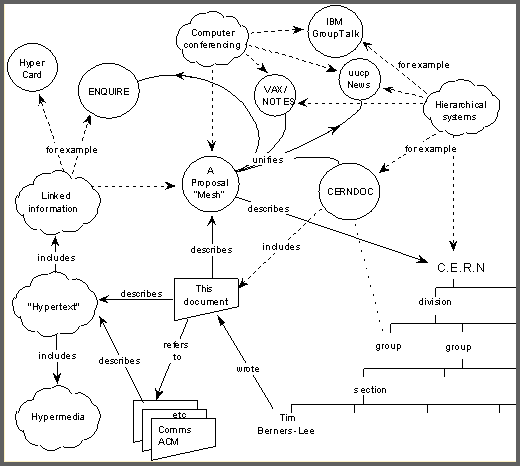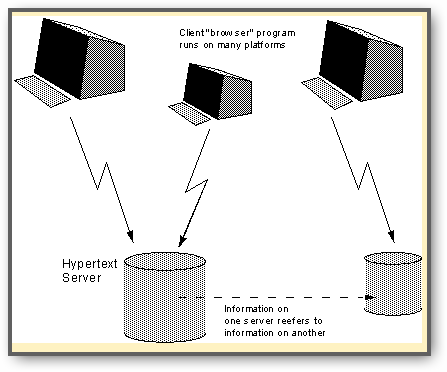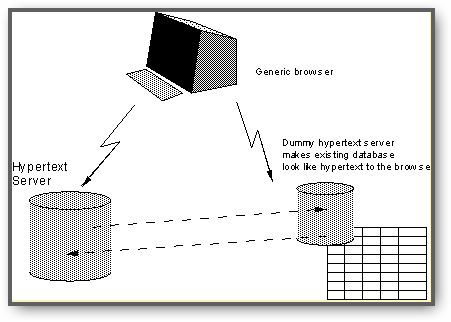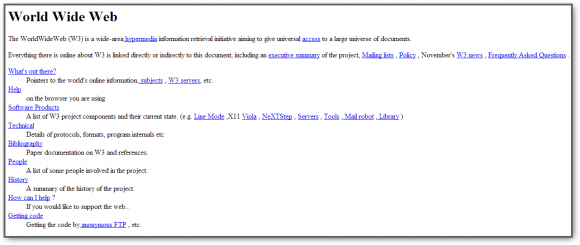aNewDomain.net — Twenty years ago, CERN made what we know now as the World Wide Web available royalty free to the public. The year was 1993. It was the birth of the Web — and the first website.
CERN in Geneva delivered the World Wide Web via its pioneer Sir Tim Berners-Lee. CERN is the European Organization for Nuclear Research, that international group that runs the world’s largest particle physics and research lab in Switzerland.
Though the Internet existed for nearly two decades before 1993 — universities, mostly, used it for email and access to usergroups, file transfer via FTP and connectivity with the still-familiar networking protocols used today — the browser-based Web was a real innovation. The visual-based hyperlinked system of sites and hyperlinks you’re looking at now on the Web wasn’t officially and publicly available until CERN and the Berners-Lee team efforts.
To commemorate 20 years of the Web, CERN has restored the first webpage. The original URL was: http://info.cern.ch/hypertext/WWW/TheProject.html”>http://www.infocern.ch
It currently redirects to this address: http://info.cern.ch/hypertext/WWW/TheProject.html
Web pioneer Berners-Lee recounts the story of how he originally proposed the system in the video below the fold, and also at a site complete with backup documents, references and his 1989/1990 proposal on why and how researchers could and should build it. Check out some excerpts and illustrations from that below.
The site introducing the proposal explains, in Berners-Lee’s words:
This document was an attempt to persuade CERN management that a global hypertext system was in CERN’s interests. Note that the only name I had for it at this time was “Mesh” — I decided on “World Wide Web” when writing the code in 1990.”
The now-historic proposal’s opening line was:
This proposal concerns the management of general information about accelerators and experiments at CERN. It discusses the problems of loss of information about complex evolving systems and derives a solution based on a distributed hypertext system. Here is the picture that illustrated his conception of a distributed network.”

In the short document, Berners-Lee described what such a system would look like. He wrote:
Let us see what components a hypertext system at CERN must have. The only way in which sufficient flexibility can be incorporated is to separate the information storage software from the information display software, with a well defined interface between them. Given the requirement for network access, it is natural to let this clean interface coincide with the physical division between the user and the remote database machine … this division also is important in order to allow the heterogeneity which is required at CERN … and would be a boon for the world in general …”
Here is the diagram in the proposal showing how a hypertext linked visual “mesh” or “web” of info would look. It is, in fact, how it does look today. It explains the concept of the client browser program.

The key, wrote Berners-Lee, wasn’t to reinvent the wheel, but to create a hypertext server that could access data from new and existing servers, as he showed in this diagram, below.


In The Daily Globe and Mail, a story recounting the role of other Web pioneers digs deeper. It discusses the role software engineer Jean-François Groff played in writing the code on the first website. Here’s an excerpt:
We didn’t have any ambitions to make it look pretty at all,” he said in an interview from Geneva. “The inspiration for the mockup – header one, header two, lists, bullet points – came from technical documents,” he said. “The fanciest design element at the time was a horizontal line to separate paragraphs. For us, that was fancy.”
Dan Noyes, a Canadian in Geneva who is CERN’s Web manager, says the restored version “is what the page looked like in” the beginning, as far back as 1993. But he says older versions which were “saved to a NeXT optical disk – went missing at a conference years ago.”
He told the Globe and Mail, in excerpt:
The web has changed almost every aspect in modern life. I can’t conceive of living or working without the web now,” said Mr. Noyes. “I think that realization drives me to make sure we preserve it.” He said that the project is an ongoing one, and eventually aims to archive and document all of the systems related to the birth of the web.”
Here’s a video of Sir Tim Berners-Lee explaining how the Web “just happened.”
Video source: DO Lectures
Here is a screenshot of that first publicly available website, called The Project.

Here’s today’s version of Tech Now, which includes more details plus an open letter to Leo Laporte, who was in the demo with me in a Vegas hotel room in 93 when we saw the first few sites. And we faced a moral question, to be sure. Here’s what it was.













[…] uma certidão de nascimento antes mesmo de vir ao mundo. Ser gestada em ventre de pai solteiro. Receber no batismo nome e […]